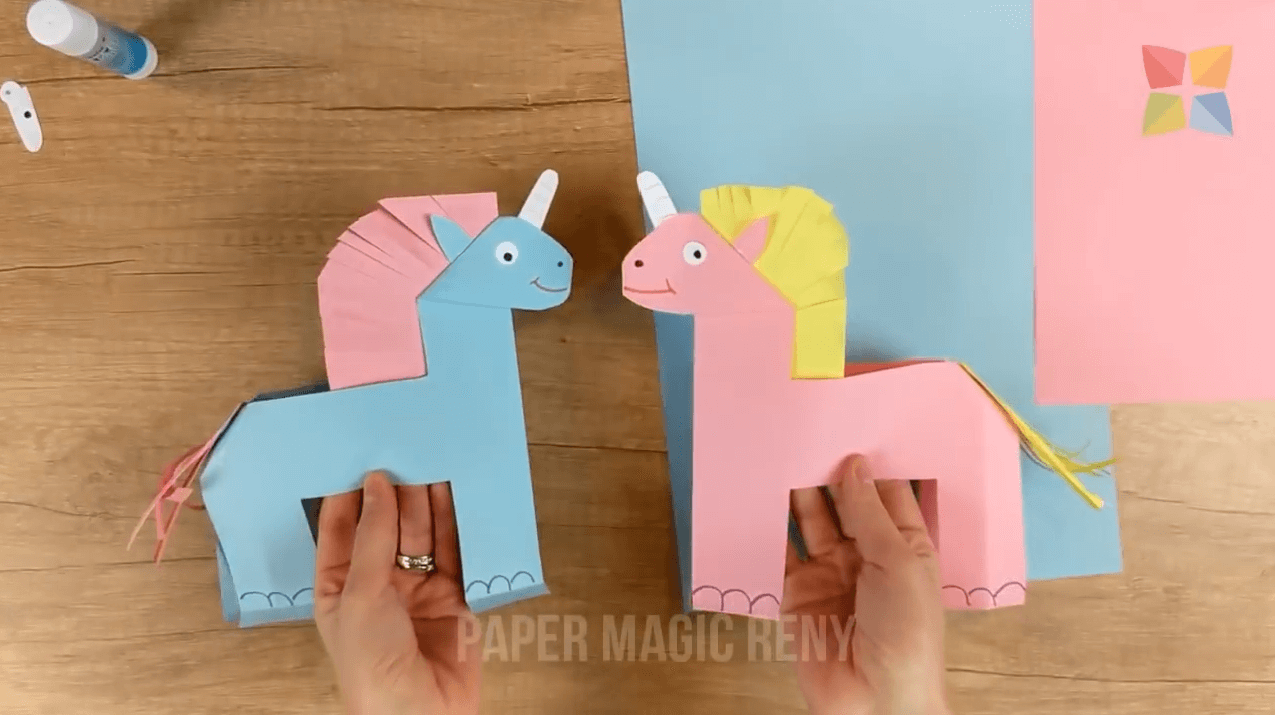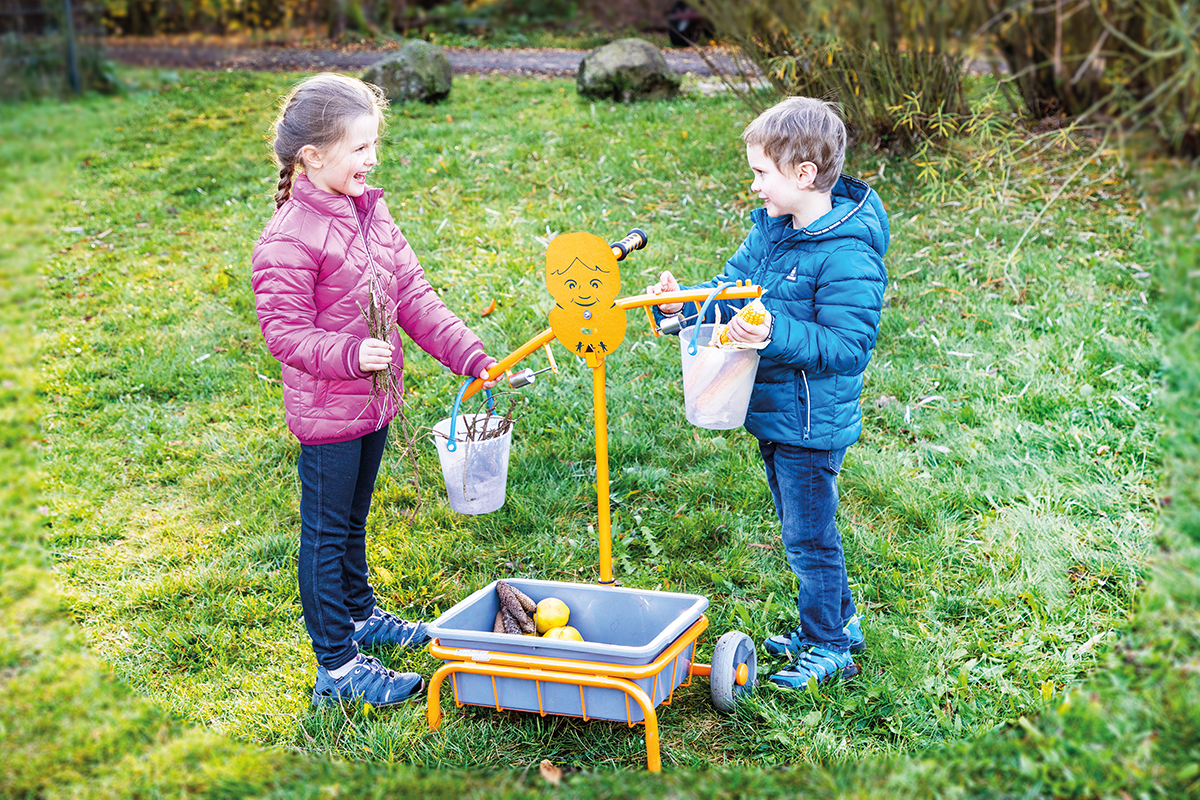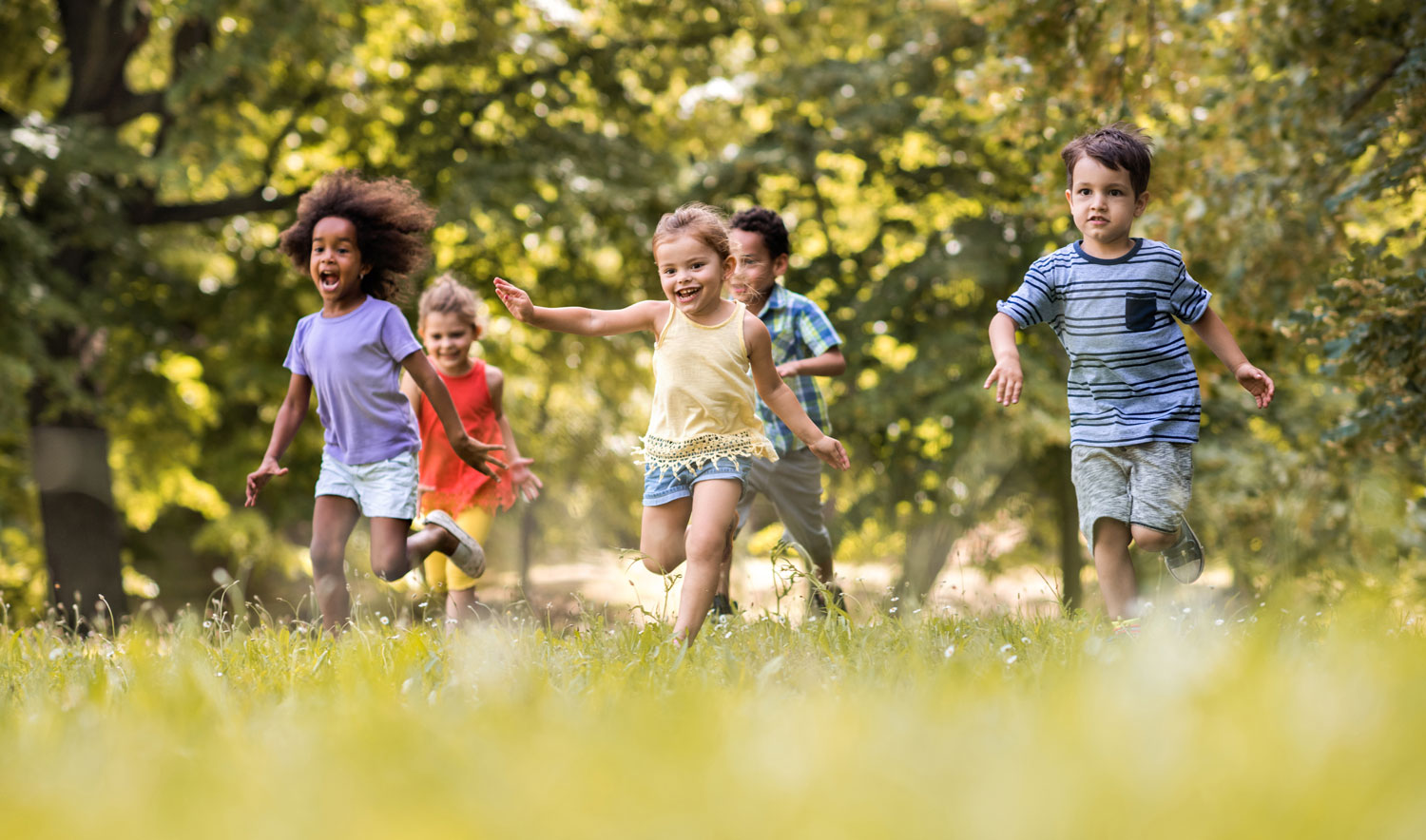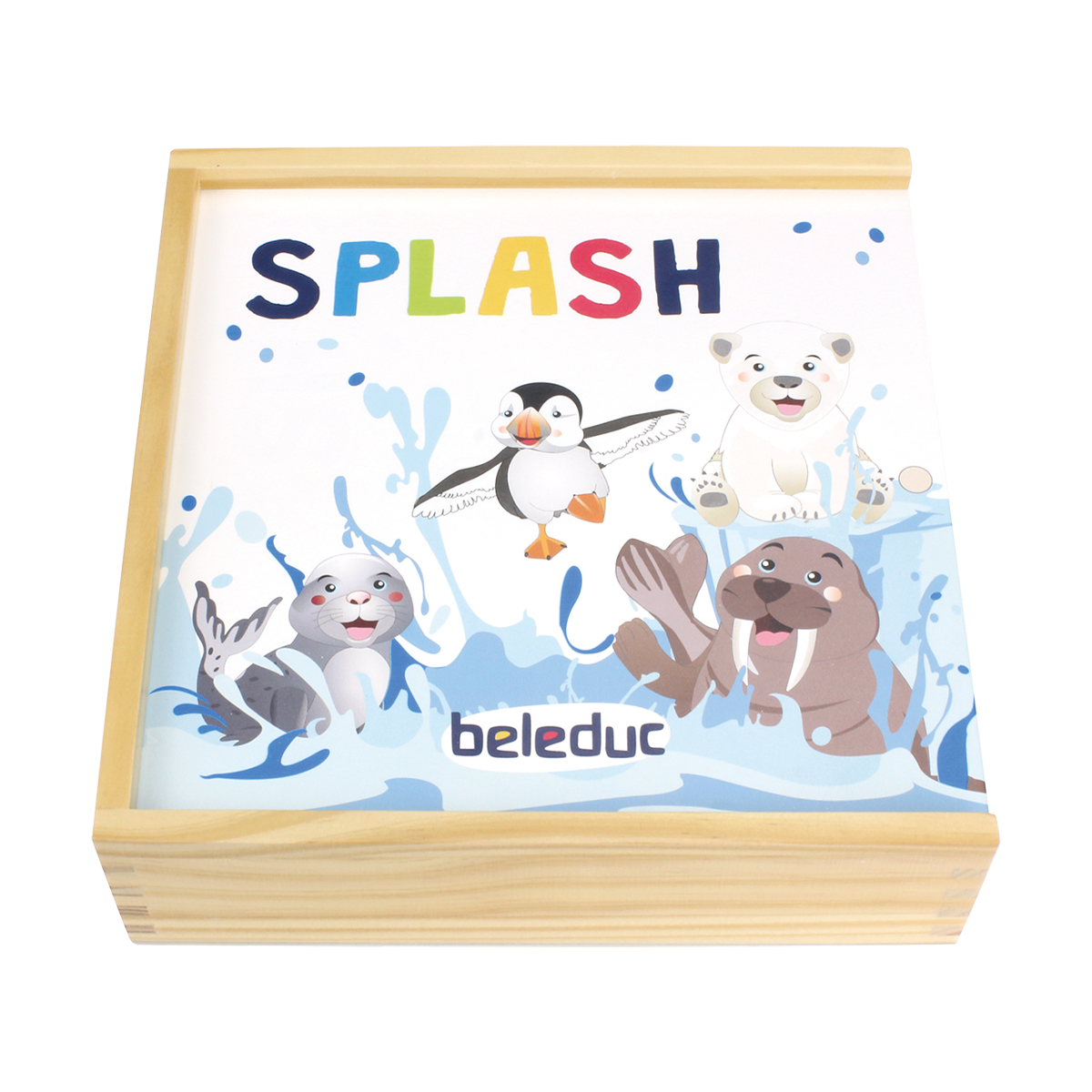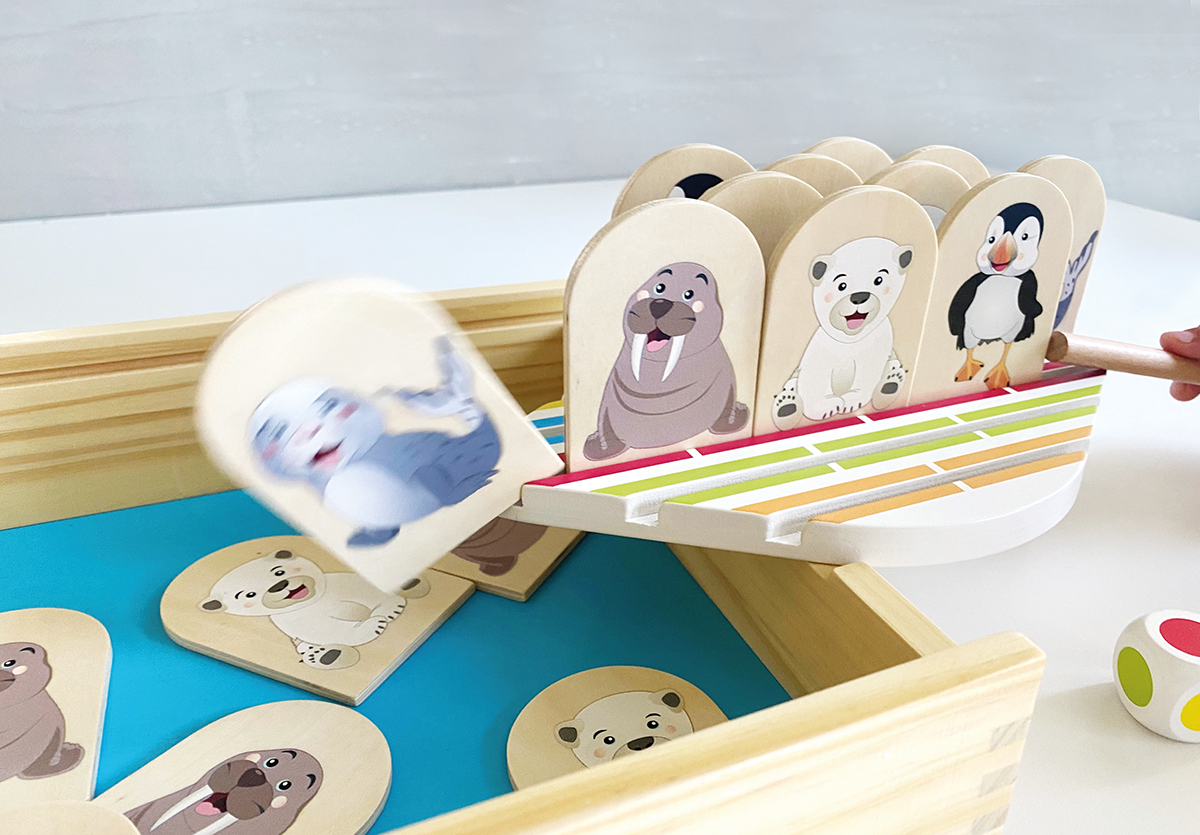
Climate change in the Arctic
The North Pole is the northernmost point on Earth. There is no land here, only a layer of ice on the sea. The area around the North Pole is called the Arctic. Most of the Arctic is also made of ice. Although it gets very cold in the Arctic in winter, not only polar bears live here, but also people. The ice masses are very important for the earth, because they make sure that the oceans and the air of the earth do not get too warm. This cooling system has developed over millions of years, but now it is in danger. The earth is getting warmer and warmer and the ice is starting to melt.
The polar bears are desperate for food
The best known inhabitants of the Arctic are the polar bears. They spend the winter on ice floes, waiting in front of ice holes to hunt their prey. In summer, polar bears have less chance to find food, because the ice recedes in summer. That's why polar bears put on a thick layer of fat in the winter, because it allows them to survive the summer. Due to climate change, the ice melts earlier every year and comes back later and later. This is a difficult time for polar bears, as they have to make do with less food for longer and longer.
Walruses feel their food
Walruses also live at the North Pole, but prefer to live near coasts or on islands. Walruses are very good swimmers and search for their food at the bottom of the sea. Walruses often live together with others in large groups. With their fine tactile hairs, they can find food, such as shells, on the seabed. Today, unfortunately, there are very few walruses left, as global warming is causing their living conditions to deteriorate.
Puffins are group animals
The puffin lives in the northern hemisphere of the earth. Its black and white body and its orange feet and beak are particularly striking. Puffins live together with many other conspecifics in large groups. They feed mainly on small fish and crustaceans and can even dive underwater and search for food.
Seals are top divers!
Seals are mammals that live in and around the sea. Seals can dive very well and hunt their prey underwater - mainly fish. Seals swim and dive most of the day and come ashore only to sleep. Their biggest enemies are the polar bears.
Climate change at the North and South Pole
Climate change means that the climate is changing and it is getting warmer on earth. That's why the ice is melting at the North and South Poles. Climate change is especially noticeable at the North Pole because the ice is melting faster and faster. This makes living conditions very difficult for animals, as they find less to eat and their habitats shrink. The melting of the glaciers creates more and more water and the sea level rises. This can lead to flooding of islands and some regions.
















